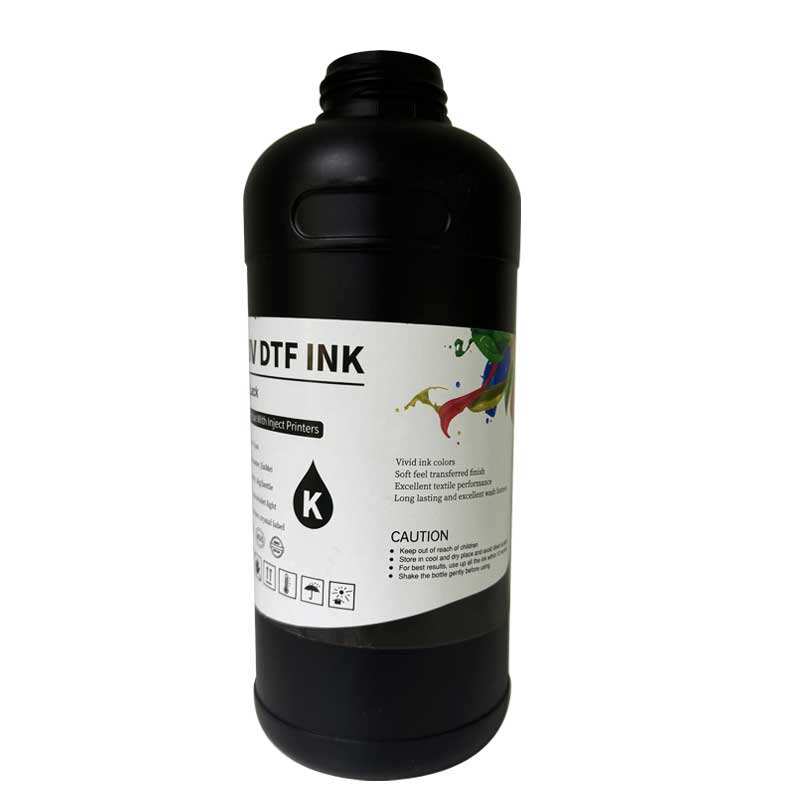photo emulsion
Photo emulsion is a light-sensitive material that serves as the foundation for screen printing and photographic processes. This versatile substance consists of light-sensitive compounds suspended in a colloidal mixture, typically made from gelatin or similar binding agents. When exposed to ultraviolet light through a film positive, the emulsion hardens in exposed areas while remaining soluble in unexposed regions. This fundamental characteristic enables the creation of detailed stencils for screen printing applications. The emulsion's composition is carefully engineered to provide optimal light sensitivity, durability, and resolution, making it essential for both commercial printing operations and artistic endeavors. The material's ability to capture fine details and maintain edge definition makes it particularly valuable in producing high-quality prints across various substrates. Modern photo emulsions often incorporate advanced chemical formulations that enhance their resistance to humidity, improve exposure latitude, and extend shelf life. The technology behind photo emulsion continues to evolve, with newer formulations offering faster exposure times, better water resistance, and increased durability during the printing process. These improvements have made photo emulsion an indispensable tool in industries ranging from textile printing to electronics manufacturing.


